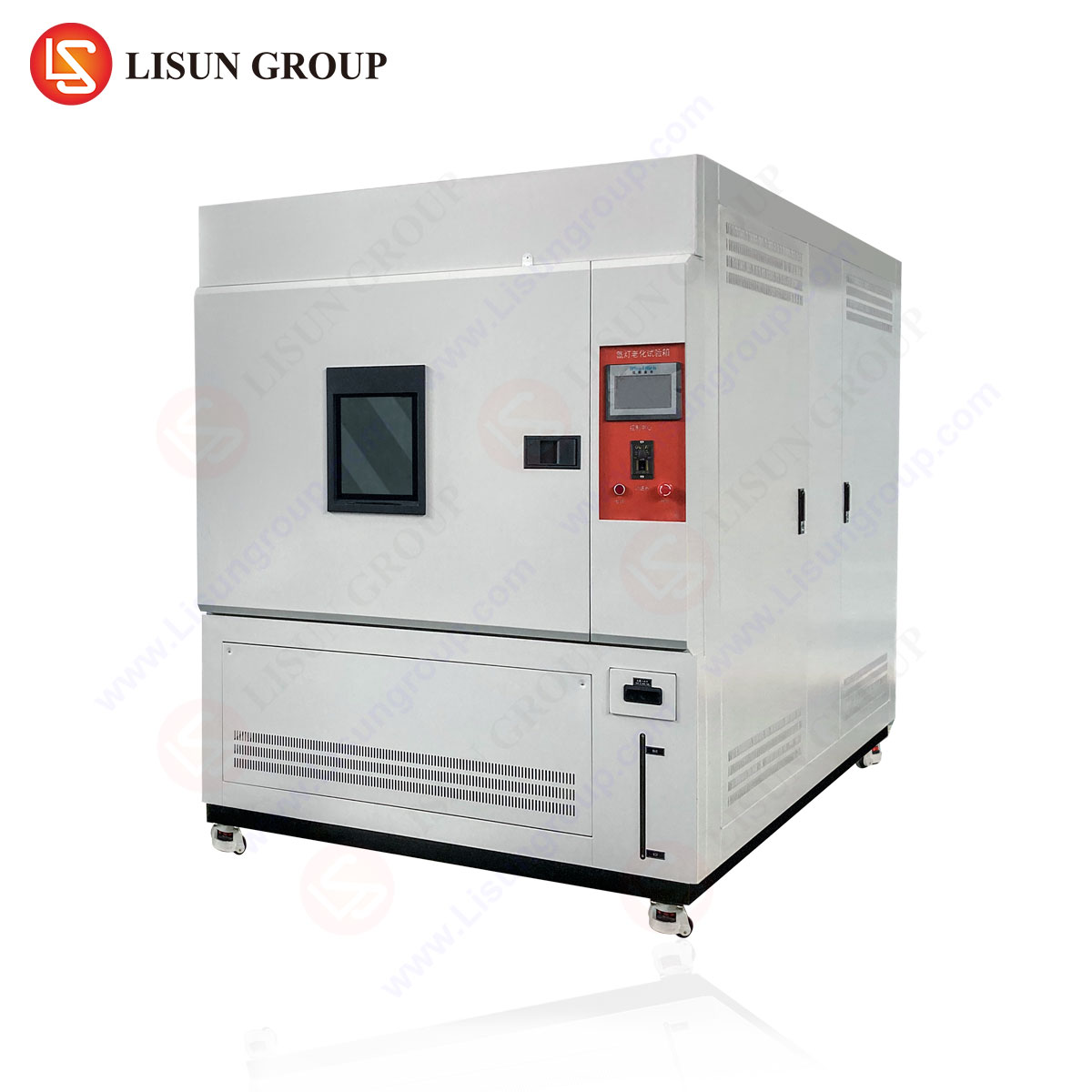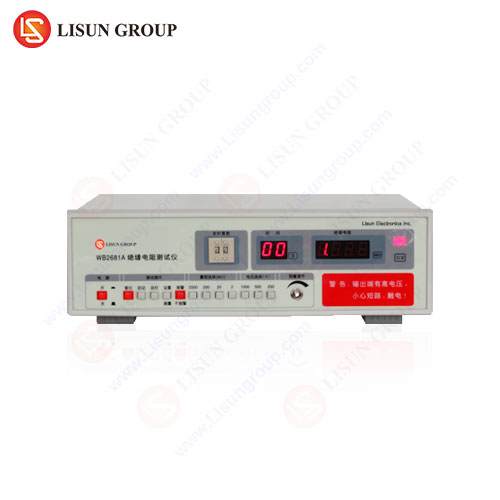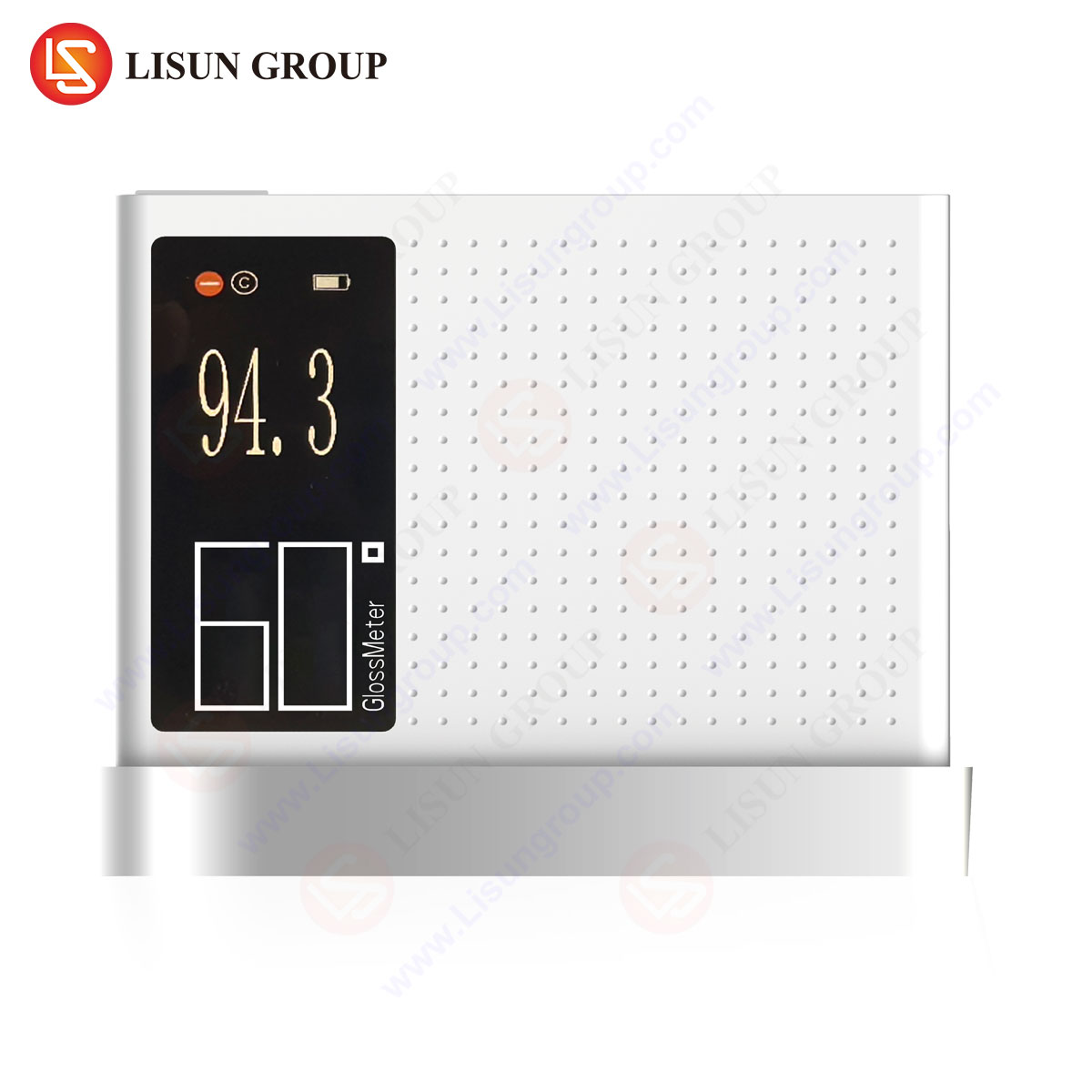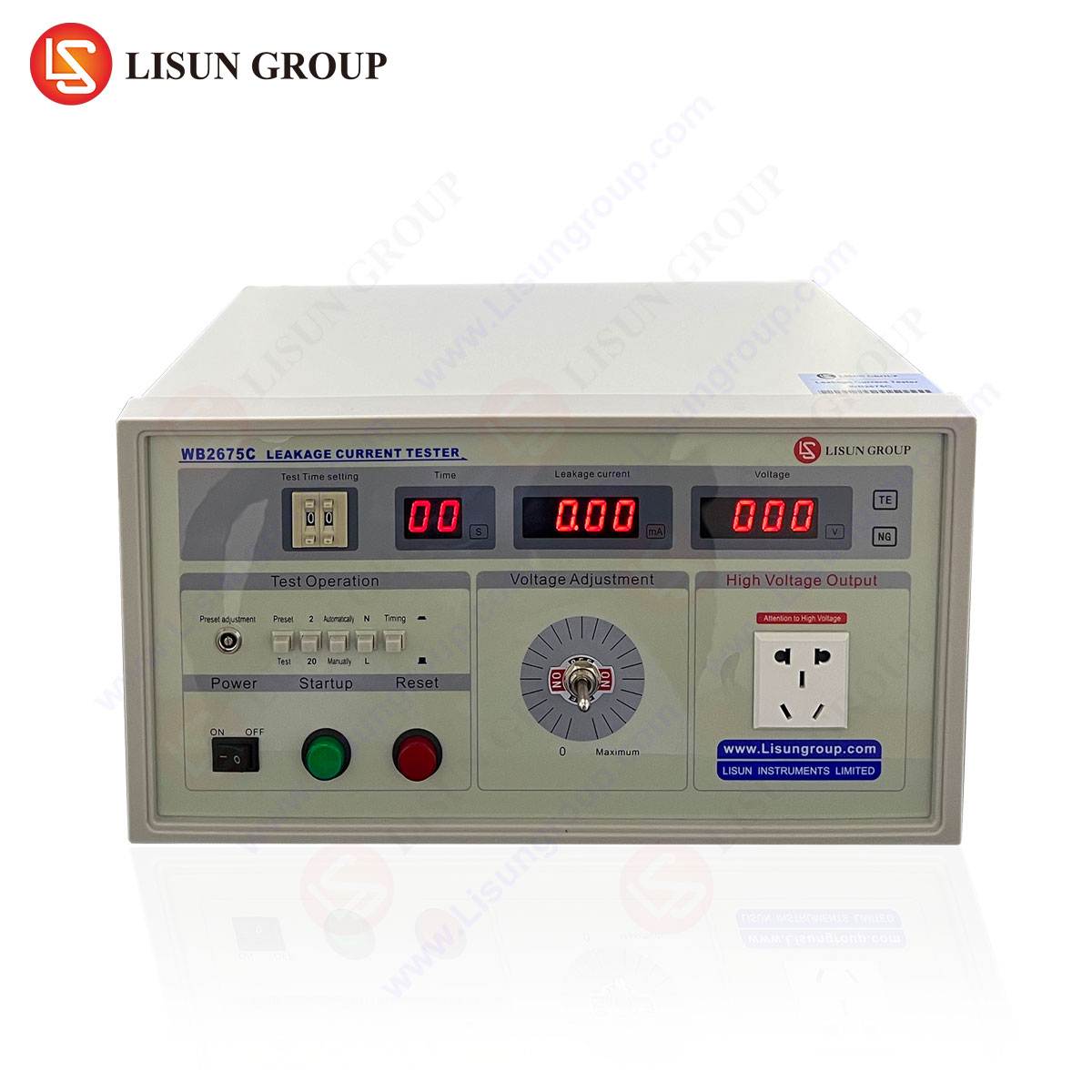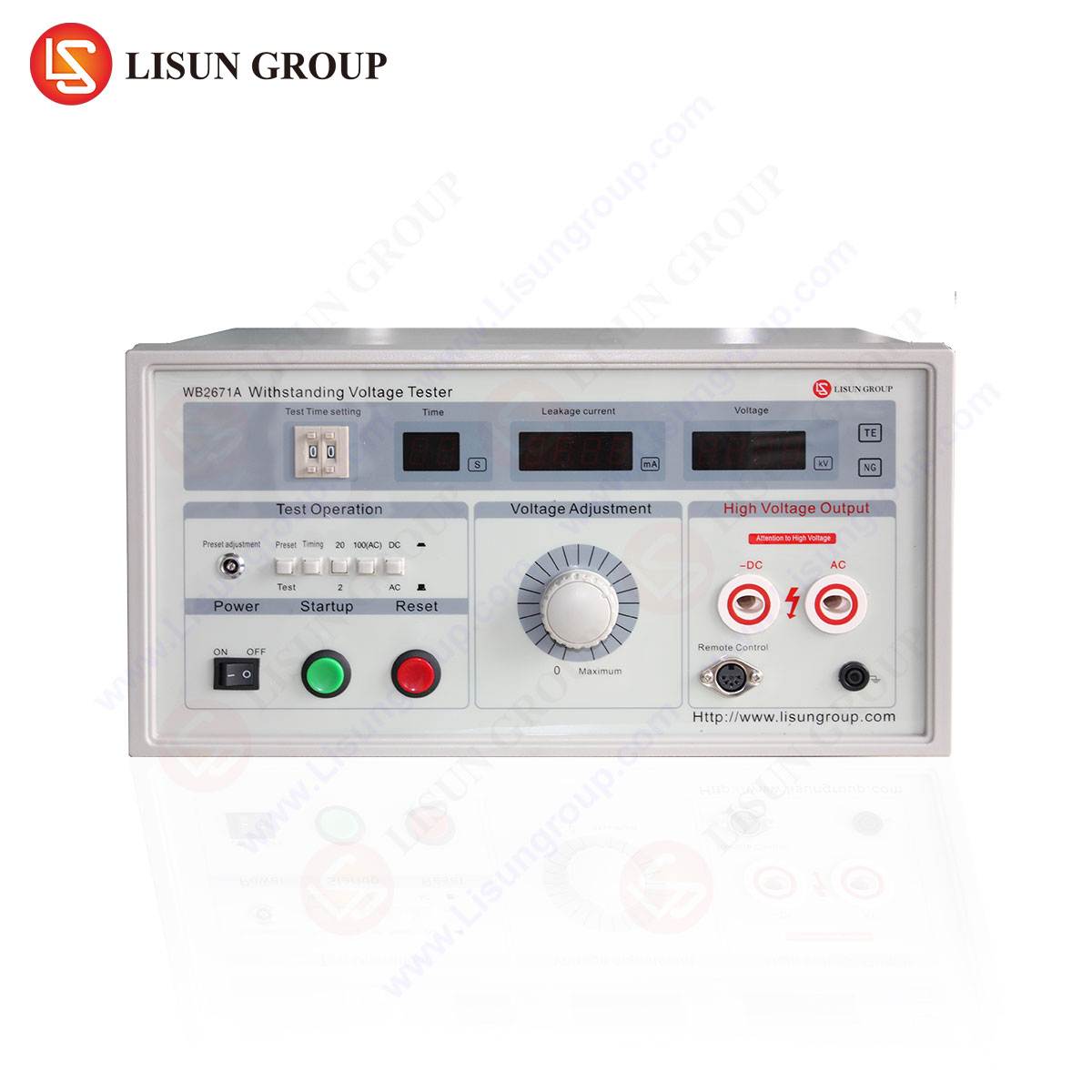Fundamentals of Grounding Resistance Measurement
Grounding systems are critical for ensuring electrical safety, equipment protection, and compliance with industry standards. A ground rod tester, such as the ЛИСУН WB2678A Тестер сопротивления заземления, provides precise measurements of grounding resistance, verifying the effectiveness of earthing systems. The fundamental principle involves injecting a known current into the grounding electrode and measuring the resulting voltage drop to calculate resistance using Ohm’s Law (R = V/I).
Accurate grounding resistance measurement is essential in industries where electrical faults, lightning strikes, or transient surges could compromise system integrity. Poor grounding can lead to equipment failure, data corruption, or hazardous electric shock risks. The WB2678A employs a three-pole fall-of-potential method (IEEE Std. 81-2012) to ensure reliable readings, minimizing interference from stray currents or soil resistivity variations.
Key Specifications of the LISUN WB2678A Grounding Resistance Tester
The WB2678A is engineered for high precision and durability, catering to rigorous industrial and laboratory applications. Key specifications include:
| Параметр | Спецификация |
|---|---|
| Диапазон измерения | 0.01 Ω – 2000 Ω |
| Test Current | 1 mA – 20 A (adjustable) |
| Точность | ±(2% + 0.1 Ω) |
| Operating Temperature | -10°C to 50°C |
| Display | High-resolution LCD with backlight |
| Источник питания | Rechargeable Li-ion battery |
| Стандарты соответствия | IEC 61557, IEEE 81-2012 |
The device supports automatic frequency selection to mitigate noise interference, a critical feature in environments with high electromagnetic interference (EMI), such as industrial plants or telecommunication facilities.
Testing Methodologies and Industry Applications
Three-Pole and Four-Pole Measurement Techniques
The WB2678A supports both three-pole and four-pole testing methods, offering flexibility based on application requirements. The three-pole method is suitable for most standard grounding systems, while the four-pole configuration eliminates lead resistance errors, making it ideal for ultra-low resistance measurements in precision environments like medical facilities or aerospace components.
Industry-Specific Use Cases
- Electrical and Electronic Equipment – Ensures compliance with IEC 60364 for safe operation of power distribution systems.
- Automotive Electronics – Validates grounding integrity in EV charging stations and onboard electrical systems.
- Telecommunications Equipment – Prevents signal degradation due to poor grounding in data centers and cell towers.
- Medical Devices – Meets IEC 60601-1 safety standards for hospital-grade equipment.
- Aerospace and Aviation – Verifies lightning protection systems in aircraft grounding networks.
Competitive Advantages of the WB2678A
- High Accuracy and Stability – Advanced filtering algorithms reduce measurement drift, ensuring repeatable results.
- Robust Construction – IP54-rated housing withstands harsh field conditions.
- Удобный интерфейс – Intuitive menu navigation reduces operator error.
- Data Logging Capabilities – Stores up to 1,000 test records for compliance documentation.
Regulatory Compliance and Safety Considerations
The WB2678A adheres to IEC 61557-5, ensuring alignment with international safety protocols. Proper grounding resistance thresholds vary by application:
- Residential Wiring (IEC 60364-5-54): ≤ 10 Ω
- Industrial Control Systems (NFPA 70): ≤ 5 Ω
- Telecom Towers (ITU-T K.27): ≤ 1 Ω
Раздел часто задаваемых вопросов
Q1: What is the optimal testing frequency for grounding systems?
A: The WB2678A automatically selects frequencies between 94 Hz and 128 Hz to avoid power line interference.
Q2: Can the WB2678A measure soil resistivity?
A: Yes, using the Wenner method (four-pin configuration), it calculates soil resistivity for grounding system design.
Q3: How often should ground resistance be tested?
A: Annual testing is recommended, though critical infrastructure may require semi-annual checks per IEEE 81-2012.
Q4: Does temperature affect measurement accuracy?
A: The WB2678A compensates for ambient temperature fluctuations within its operating range (-10°C to 50°C).
Q5: What maintenance is required for the WB2678A?
A: Periodic calibration (every 12 months) and battery checks ensure sustained accuracy.


